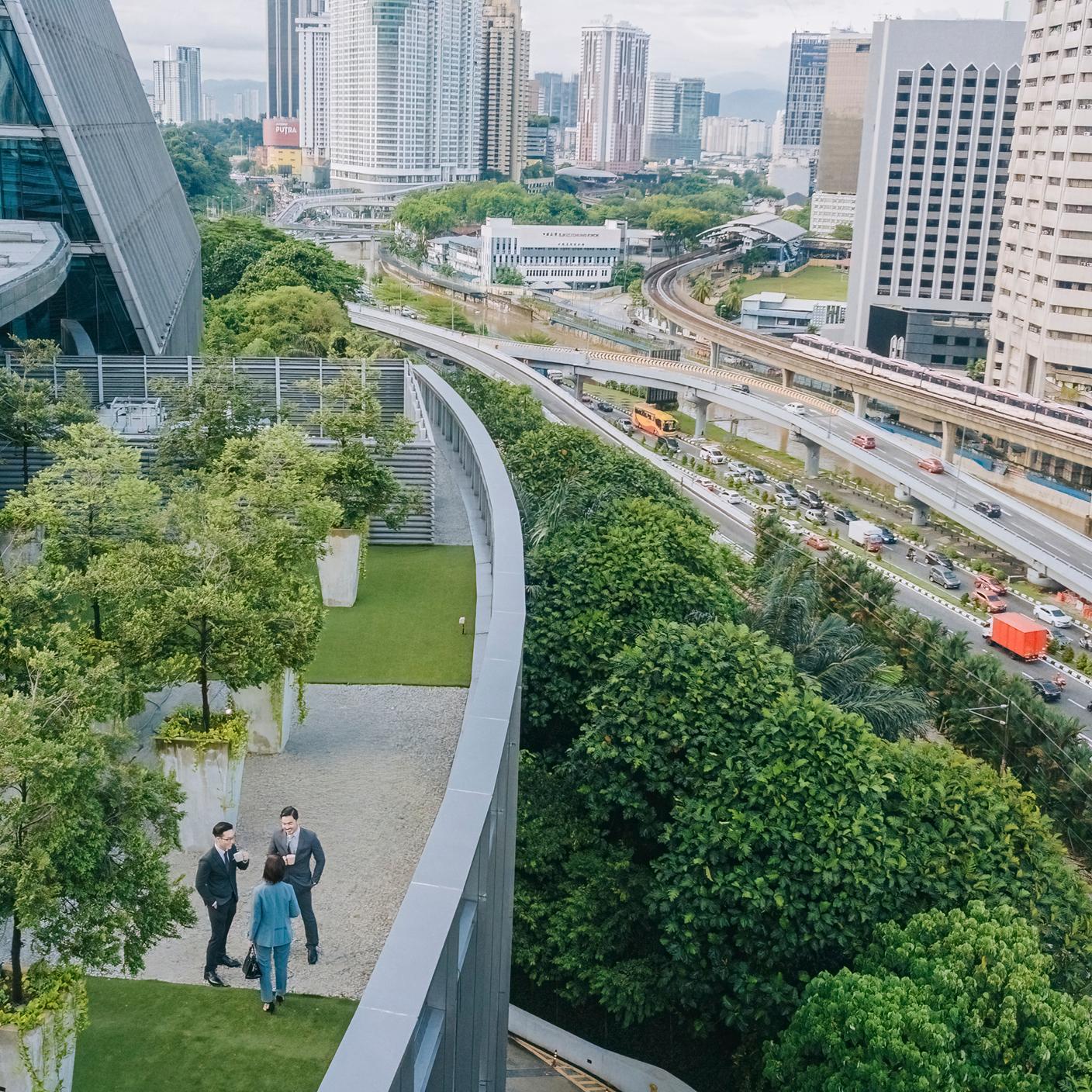Let’s take a closer look at why LCAs are so valuable, as they provide concrete numbers that help organizations measure and monitor operational impact on the environment.
You can’t manage what you can’t measure
The saying “you can’t manage what you can’t measure” holds especially true when assessing how well an organization's systems are doing. When we measure the environmental effects of a product, like its impact on global warming in terms of carbon dioxide equivalent (CO2-eq), we gain a clear understanding of its overall environmental footprint and the factors that affect it the most. This helps us make more informed decisions to reduce our environmental impact.
New vs. recycled PVC
Imagine a plastic factory that makes hoses for gardening needs, like watering or irrigation. The factory uses a material called polyvinyl chloride (PVC) to create these hoses. Historically, they've always used brand-new PVC pellets, made from fresh materials like ethylene and chlorine, in their production. But now, they're looking to be more eco-friendly and want to switch some of those new PVC pellets with recycled PVC. Take a look at the infographic here to see how using recycled PVC can make a difference on the flow of materials within the product life cycle.
When the organization replaces a portion of brand-new PVC with recycled PVC, it's a win-win. This not only decreases the need for making new PVC from scratch, which saves valuable resources, but also helps divert a big chunk of PVC waste from going to landfills. Instead, this PVC waste gets a second life by using it to make things like hoses.
Aside from the clear advantages we’ve outlined, such as using fewer resources and reducing waste, the organization wants to make its products more environmentally friendly by lowering its carbon footprint. The business is considering switching to recycled PVC; however, it is not certain if that is better for reducing the product’s carbon footprint compared to using new PVC. One of the reasons for this uncertainty is the extra steps involved in getting recycled PVC, such as:
- Collecting and cleaning: Recycled PVC is typically collected from various sources, such as post-consumer waste or industrial scrap. Before it can be used, it needs to be cleaned to get rid of dirt, labels, and non-PVC materials.
- Grinding and shredding: The cleaned PVC is then broken down into smaller pieces through grinding or shredding, which gets it ready for further processing.
To summarize, without a detailed analysis focusing on the environmental impact (especially in terms of global warming potential), we can't definitively say if switching to recycled PVC reduces the product's carbon footprint.
Leveraging LCAs
LCAs give us hard numbers about a product's greenhouse gas emissions throughout its life cycle. This helps us figure out if using recycled PVC results in lower emissions and, if so, how much those emissions drop for each unit of recycled PVC used.
To understand this, the organization did a comparison based on global warming potential as the main factor. It calculated the partial global warming potential for every unit of product when adding recycled PVC to the process:
- Collection and sorting:3 kg CO2-eq / kg PVC
- Grinding and shredding:2 kg CO2-eq / kg PVC
Now, let's look at the emissions from recycled PVC production when it replaces certain processes in virgin PVC manufacturing:
- Production of vinyl chloride monomers (VCM): 1 kg CO2-eq / kg PVC
- Polymerization of VCM: 2 kg CO2 eq / kg PVC
The LCA results shown in the graph here prove that recycled PVC has a smaller global warming impact compared to new PVC. For every kilogram of virgin PVC that's swapped out, the environmental impact drops by 2.5 kg of CO2-eq (1.0 + 2.0 - 0.3 - 0.2).
This real-world example highlights how LCAs help us make informed choices for a more sustainable future by thoroughly assessing the environmental performance of products.
For other digital trust, EHS, supply chain, and sustainability topics that should be at the top of your list at BSI’s Experts Corner.







